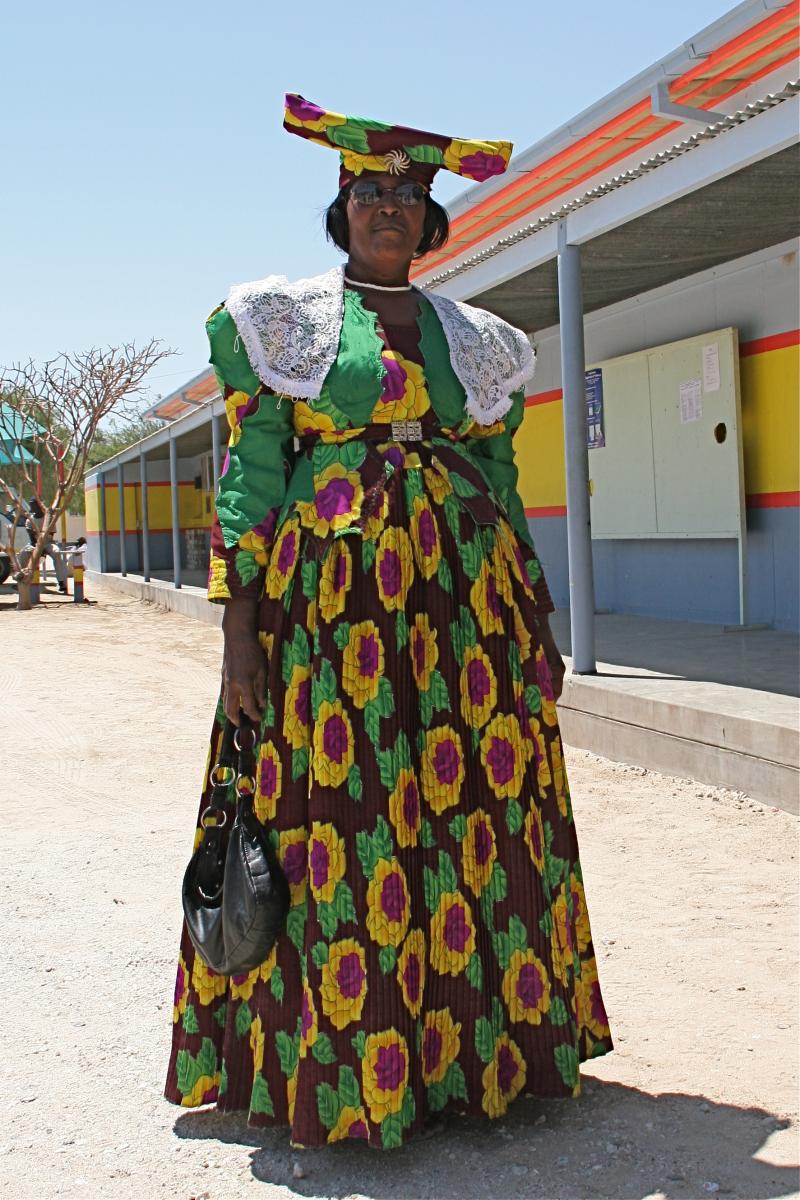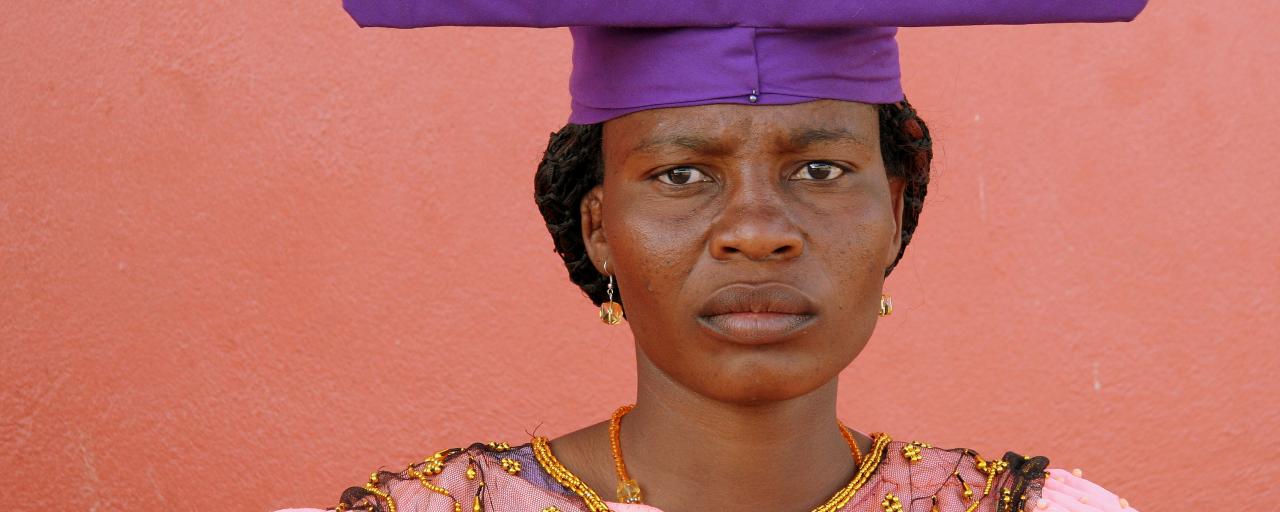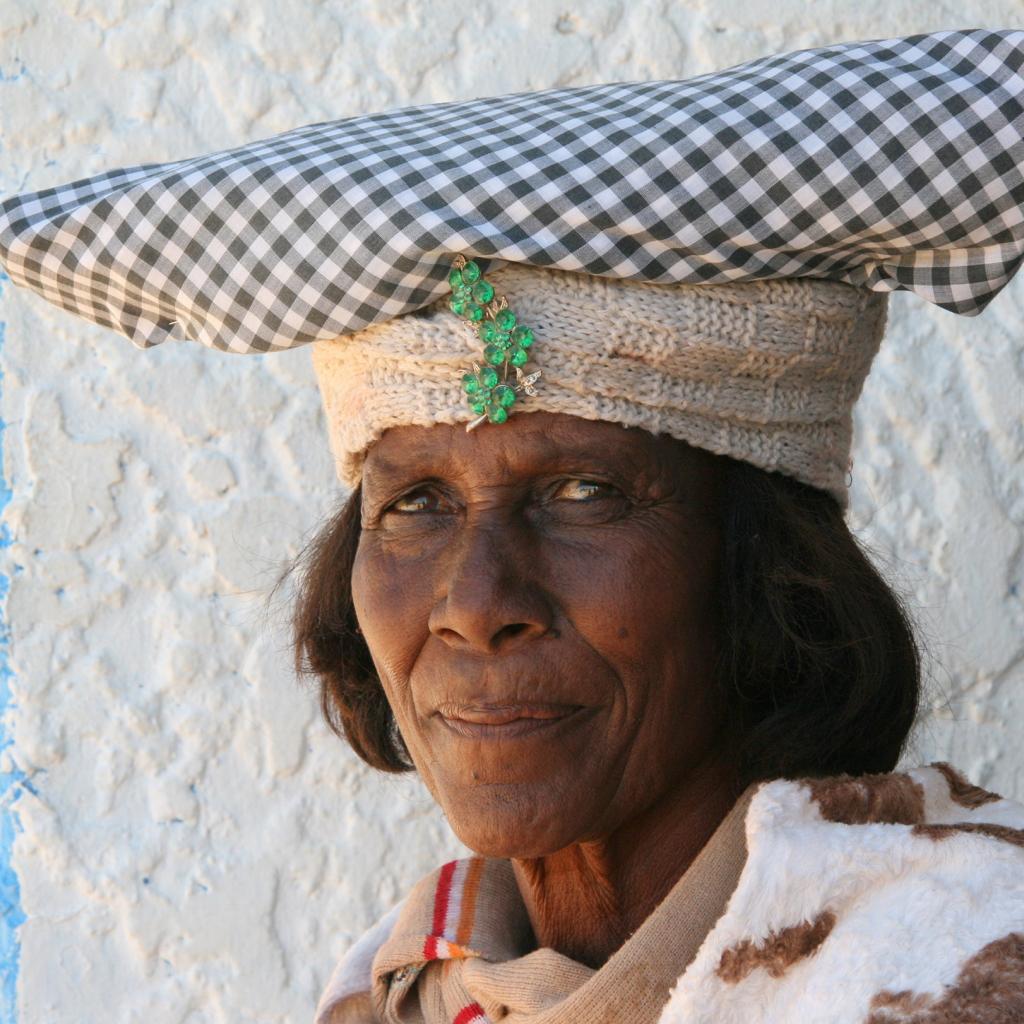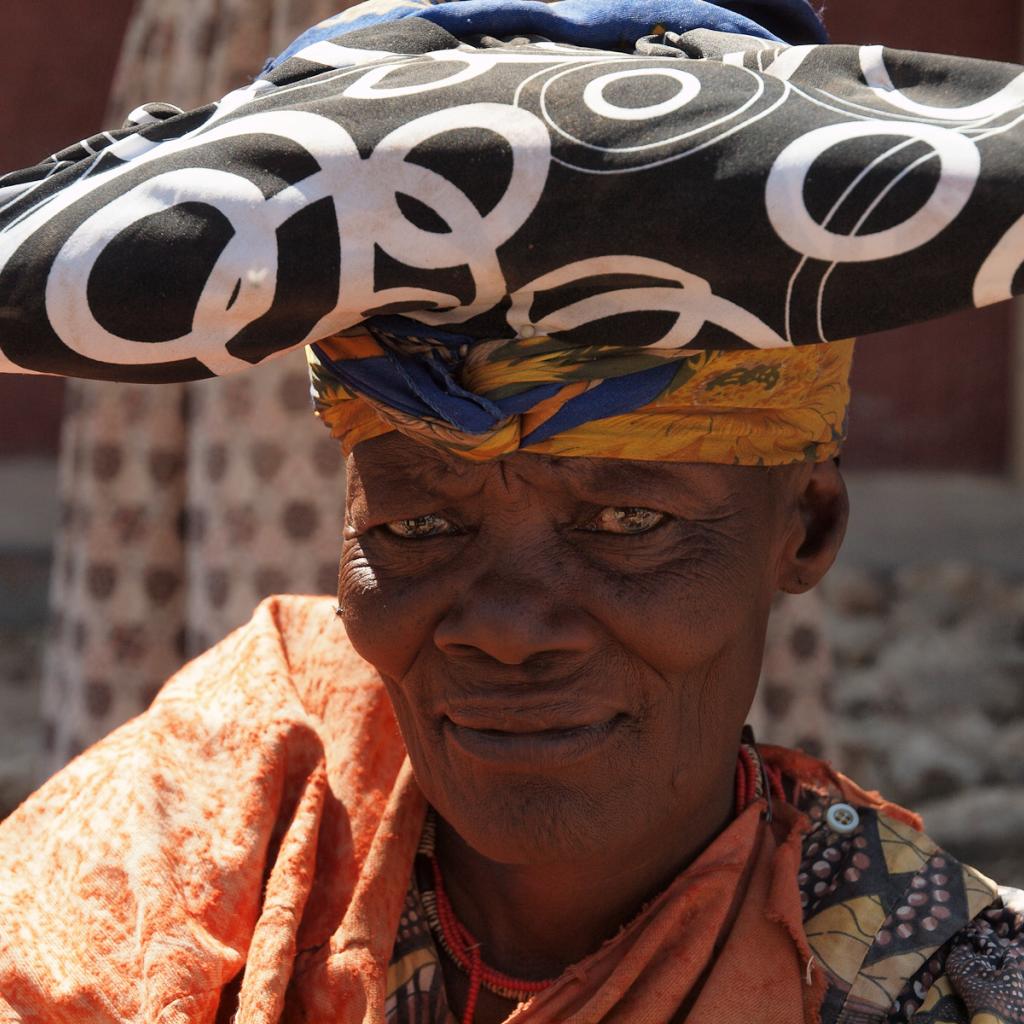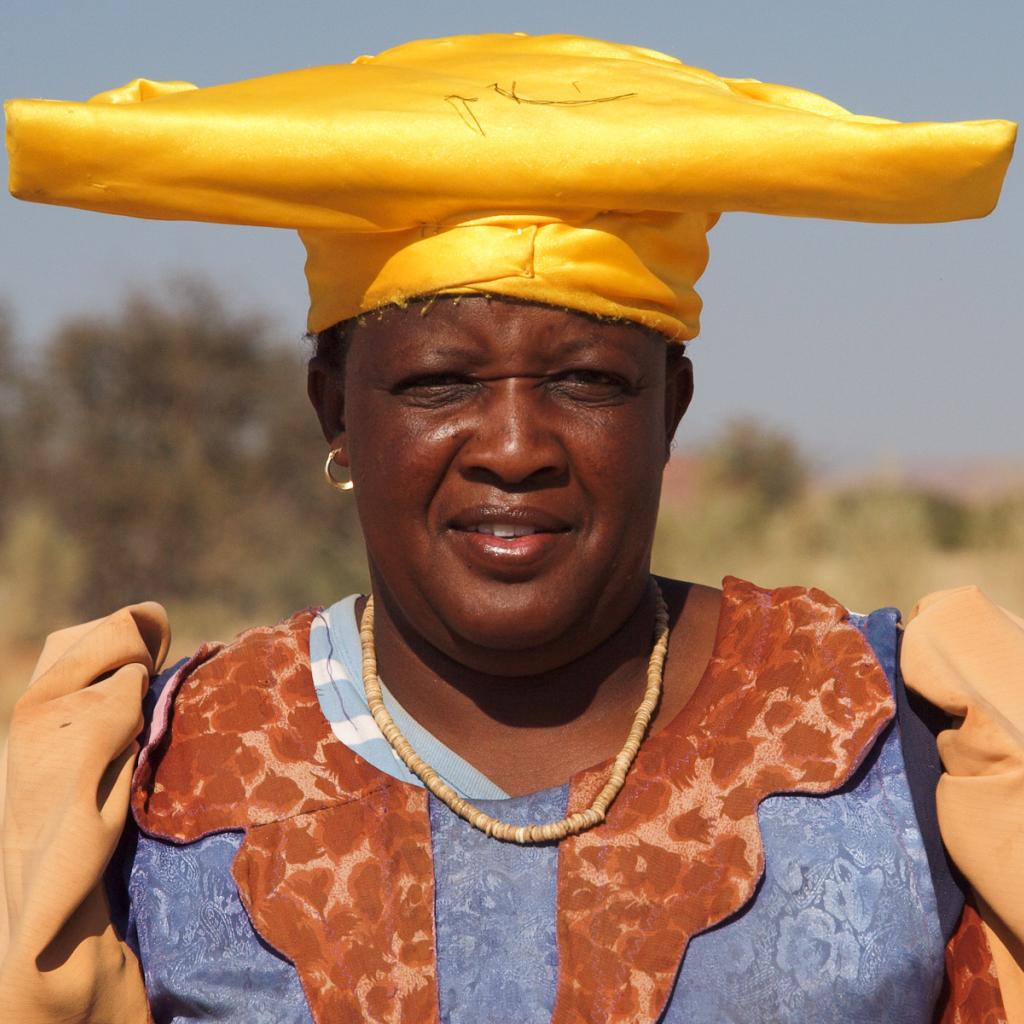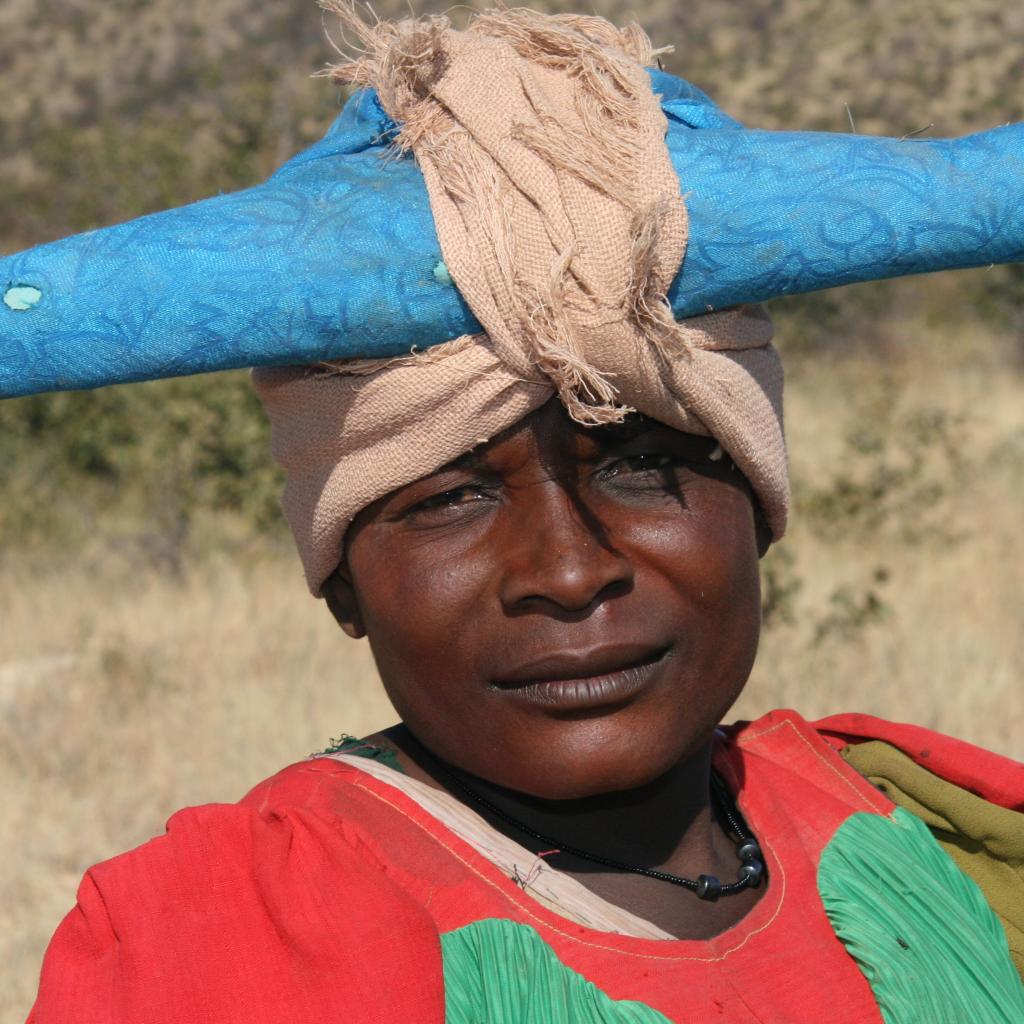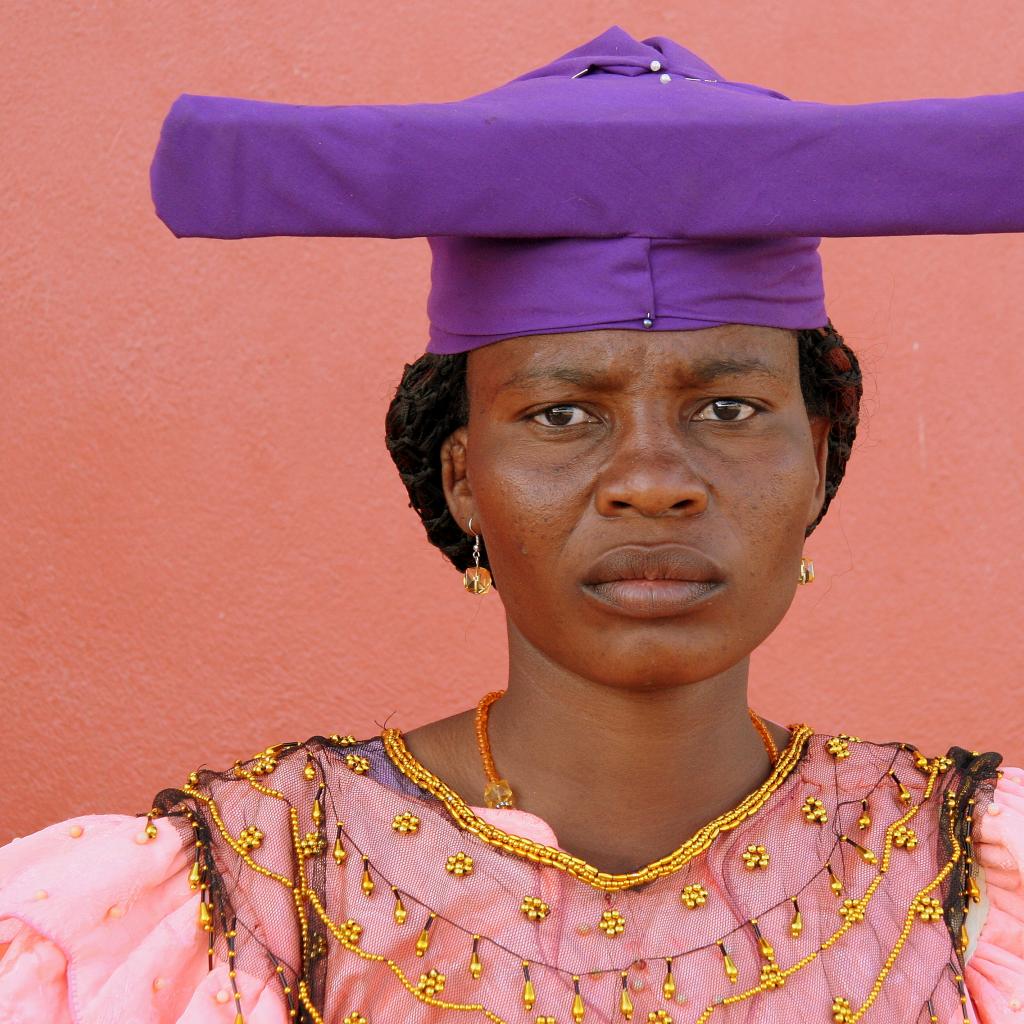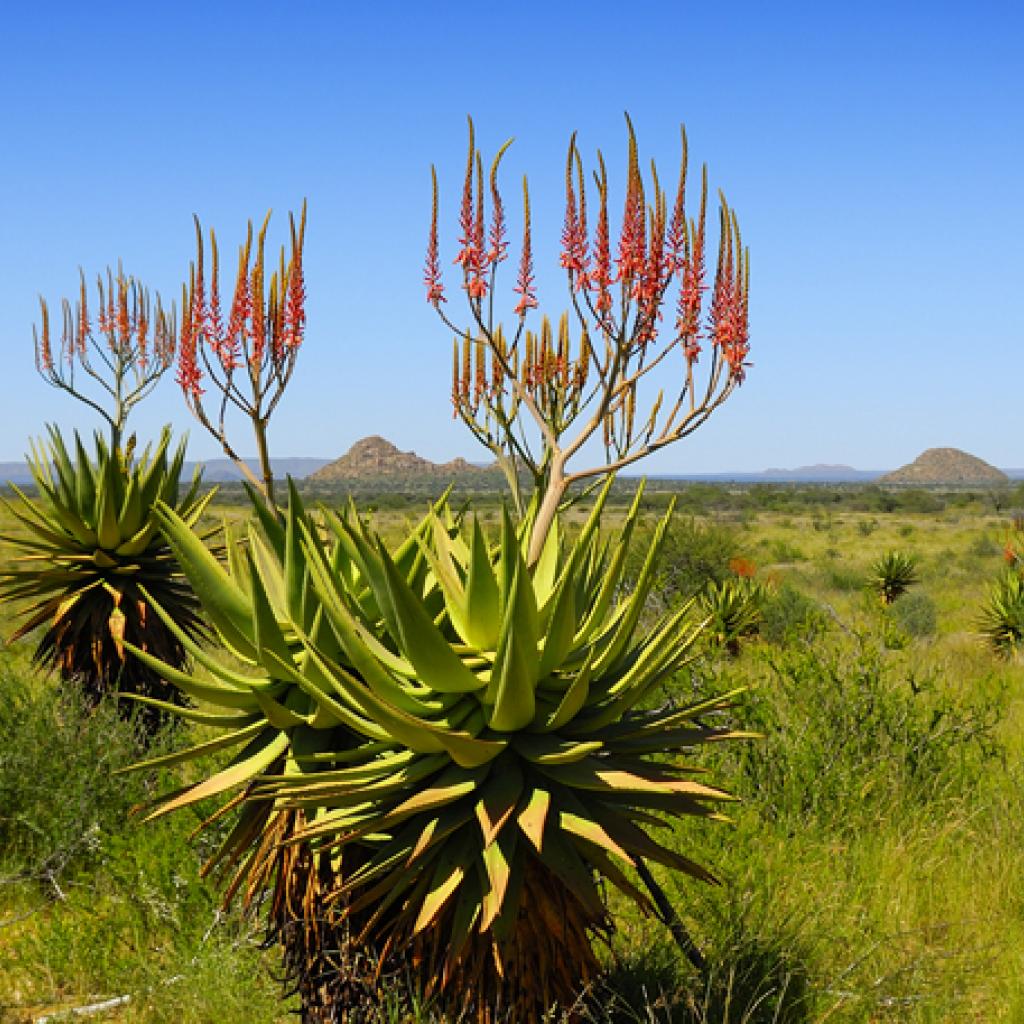The main dwelling of the Herero is the homestead, that in the Herero language is called Onganda; it consists of a number of sun-hardened clay huts arranged in a circle around the animal corral built using thorn-bush branches, where the cattle are locked up at night.
The hut of the village chief’s wife, the ‘great wife’, is the point of reference of the entire homestead, surrounded by other huts to form a circle around the animal corral.
Cattle play a major role in the Herero society, and are considered a sacred gift from the ancestors, as it can be evidenced on the village pattern: not only their corral is placed right at the centre, but all huts openings face the corral.
Always at the centre of the village-cum-homestead, close to the cattle corrals there is the ‘sacred heart’, consisting of an upturned bush and a small fire that burns continually in honour of the ancestors.
This sacred place, called okuruo in Herero language, plays a central role in the religious life of the Herero: all rituals take place here and this is also where to go to pray God, with the help of the ancestors who intercede for them.
The entire homestead is surrounded by a thick wall of dead thorn-bush branches to protect it from raiders and predators, and is governed by the senior male, who is referred to as Omuini, or ‘owner’.
The Herero villages are permanent, but in the dry season some people are forced to abandon the village and migrate to lead the cattle in search for pasture and water; they come back only during the rainy season when there is plenty of food for the animals.
In recent times, many Herero habits have changed: the homesteads no longer have a circular pattern, they are rather arranged in a line and the sacred fire is often missing; what has been maintained is the hut opening facing the cattle corral, because the animals continue to be the backbone of the Herero economy even nowadays.
Life, tradition and culture of Herero people
- Herero economy
- Herero history
- Herero’s rituals and religious beliefs
- Herero villages
- Herero traditional medicine
